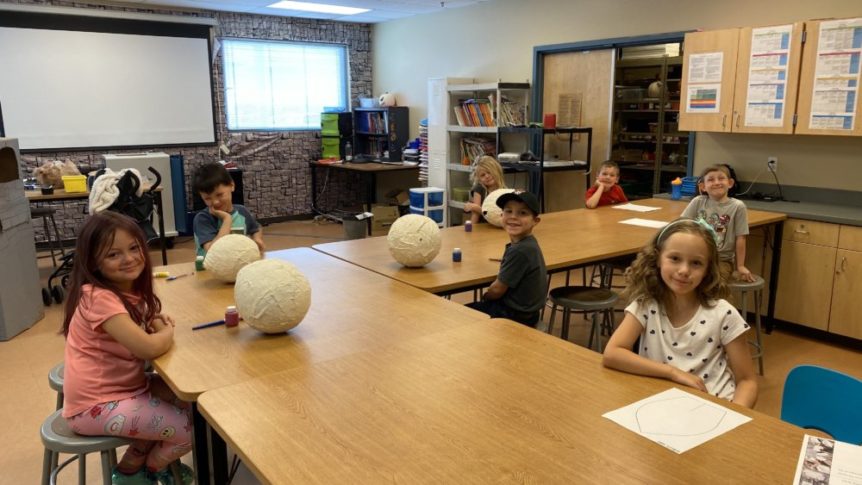
Heard on All Things Considered
By Anya Kamentz
Below are excerpts from the NPR article. To read the full article click here.
When Arizona schools shut down in mid-March to prevent the spread of the coronavirus, Tatiana Laimit, a nurse in Phoenix, knew she needed a backup plan. Laimit is a single mother of a 6-year-old girl and had recently relocated to the area. She didn’t have any friends or family nearby to ask for help.
It was past 8 on a Friday night when she shot off an email to her local YMCA to ask if they were providing emergency care for the children of front-line workers. “And immediately [someone] responded and let me know, ‘Yes.’ ”
Throughout the pandemic, many child care centers have stayed open for the children of front-line workers — everyone from doctors to grocery store clerks. YMCA of the USA and New York City’s Department of Education have been caring for, collectively, tens of thousands of children since March, and both tell NPR they have no reports of coronavirus clusters or outbreaks. As school districts sweat over reopening plans, and with just over half of parents telling pollsters they’re comfortable with in-person school this fall, public health and policy experts say education leaders should be discussing and drawing on these real-world child care experiences.
Working in early days, and on very short notice, child care organizations followed safety guidance that closely resembles what’s now been officially put out by the Centers for Disease Control and Prevention.
In a separate, unscientific survey of child care centers, Brown University economist Emily Oster found that, as of Tuesday afternoon, among 916 centers serving more than 20,000 children, just over 1% of staff and 0.16% of children were confirmed infected with the coronavirus.
Pods and “airplane arms”
In March, the CDC had yet to issue its official guidance about how to safely operate schools or group child care. And yet, the protocols that the child care organizations in New York City came up with were strikingly similar to the CDC’s May recommendations, as well as guidelines now being considered by states and districts.
In order to slow the spread of illness, programs grouped “pods” of no more than nine children with each adult. Heidi Brasher of the YMCA of the USA says this often meant using spaces such as basketball courts or even boardrooms, taking advantage of buildings that were otherwise closed. “They were very creative in the way they utilized space,” Brasher says.
